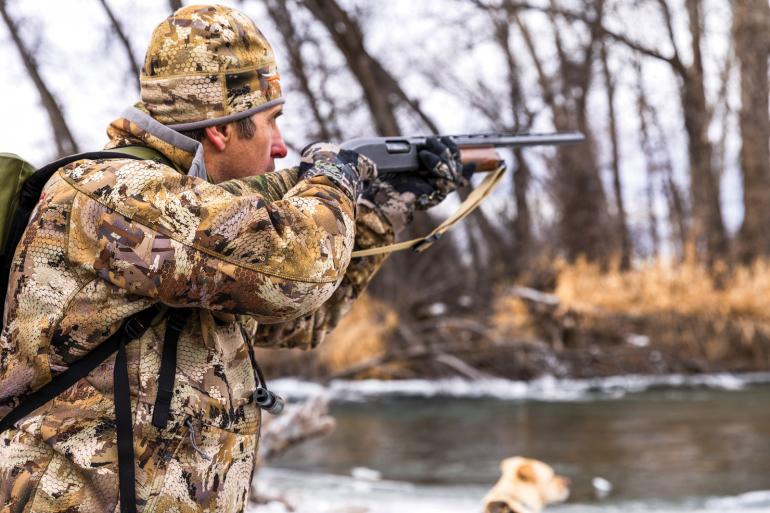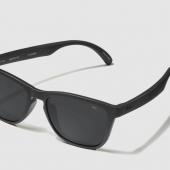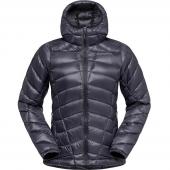Shot to the Heart
How to select a shotgun.
At a dusty corner gun shop on my 11th birthday, my dad bought me my first shotgun. It was a single-shot .410 with rust on the barrel and some scratches on the stock, but to me it was beautiful. With that gun, I became a nightmare for the local squirrel and rabbit populations, and the following spring, it even helped me harvest my first turkey.
Now I have several other shotguns, yet the old .410 still has a place in my gun cabinet. Selecting one’s first shotgun can be complicated, as there are a lot of things to consider depending on how you want to use it. Yet when you find the right one, a shotgun can quickly become your favorite weapon and perhaps even find a special place in your heart.
Shotgun Calibers
There are a variety of shotgun sizes, ranging from the tiny .410 to the monstrous 10-gauge. The most common are the 12-gauge and 20-gauge, which are the workhorses of the hunting world that can be adapted to use for everything from doves to deer. Smaller shotguns like the 28-gauge and the .410 are great for youth hunters or those interested in small game and trap shooting. These guns have less recoil and can be shot quite a bit without pounding the hell out of your shoulder, as opposed to a 10-gauge, which can be a great long-range hammer for turkeys and geese, but will leave you with a few bruises.
Able to blast off rounds as fast as you can pull the trigger, semi-autos are popular with waterfowlers and sport shooters.
Shotgun Actions
Standard scattergun actions include semi-automatic, pump, or break-action. Each has its benefits and should be carefully considered.
Break-action shotguns of either the single-shot, over-under, or side-by-side variety are the simplest and most reliable, with shells loaded directly into the chamber by hand. They make for great upland-bird guns and are excellent for sport shooting. However, with only one or two rounds, they aren’t the best waterfowl weapons.
Pump-action shotguns are the most popular. They have a larger ammo capacity and a reliable action that allows you to “pump” each round into the chamber individually. This lets you vary the speed at which you’re shooting, making pump-actions excellent for making quick shots on flying clays or waterfowl, or for slow-squeezing shots at stationary small-game, turkeys, or even big game.
Shot is made of either steel or softer metals like lead, tungsten, or bismuth.
Semi-autos are great for those who like a lot of firepower. Able to blast off rounds as fast as you can pull the trigger, semi-autos are popular with waterfowlers and sport shooters. However, they can be a bit troublesome, as the actions occasionally jam up when the gun gets dirty. Yet when well maintained, a semi-auto is a great weapon.
No matter what action you choose, try to select a gun that has an adjustable choke or comes with a variety of screw-in chokes to ensure you’ll have the right shot spread for whatever hunting or shooting you want to do.
Ammunition
Generally, shotgun ammo comes in two types: shot or slugs. Shot is available in numerous sizes and configurations, and is made of different materials for different animals and birds. Slugs are exclusively used for big-game animals, usually deer.
Shot is made of either steel or softer metals like lead, tungsten, or bismuth. Steel shot is lighter and retains less energy, making it slower to reach the target. However, steel is a harder metal and spreads less, meaning it will have more penetration, especially on shots less than 50 yards. Steel shot is perfect for hunting gamebirds, turkeys, and small game, but its slow speed makes it less than ideal for waterfowl. Lead is more lethal, but it’s illegal to use for waterfowl, so it’s best to use tungsten or bismuth shot, which is more expensive but far safer—for the ecosystem and your own health.
Gun Materials
Barrel and stock materials are an overlooked consideration by many first-time shotgun buyers. Gun barrels are made of different metal alloys, and gun stocks are made of wooden or synthetic materials. If you’re hunting in an extremely wet or salty environment, a gun with a stainless-steel barrel will be better suited as it’s less prone to rust. While wooden stocks are beautiful, if you’re planning on hunting miles into the backcountry, a synthetic stock may be a better option as it’s lighter to carry and harder to damage.
Care & Maintenance
Always clean and oil your shotgun after each use and then store it in a clean, dry place. If you’re bringing a shotgun on the road, keep it in a gun case where it will be protected. Always check your shotgun over before shooting to make sure every part is in working condition. So long as you treat your shotgun well, it should last a lifetime.











